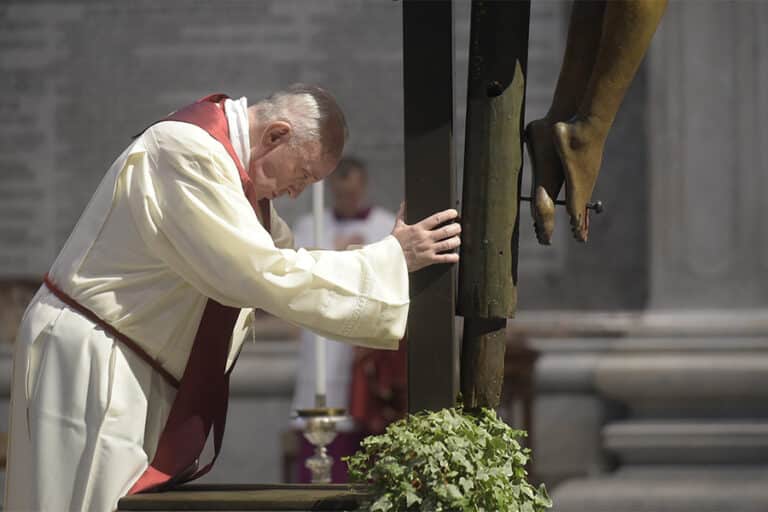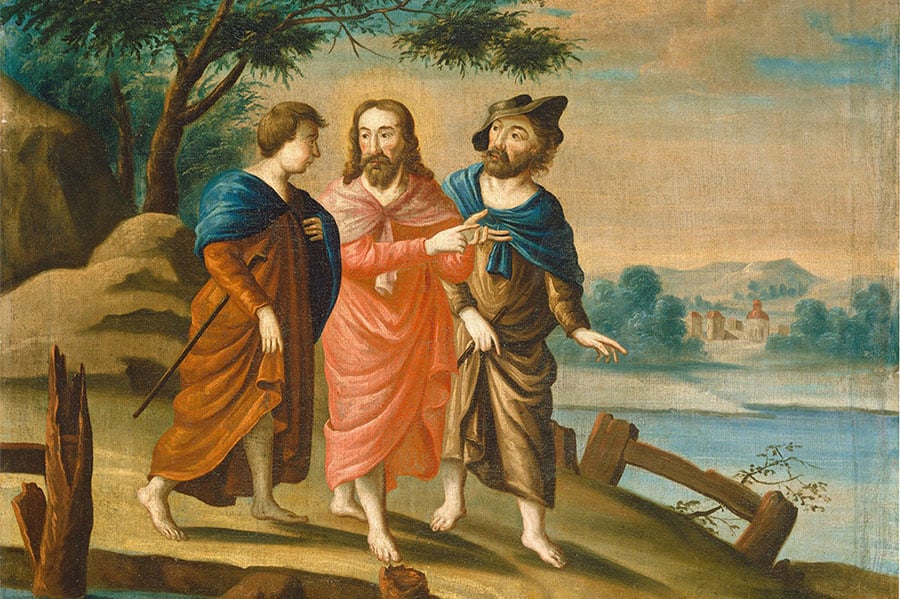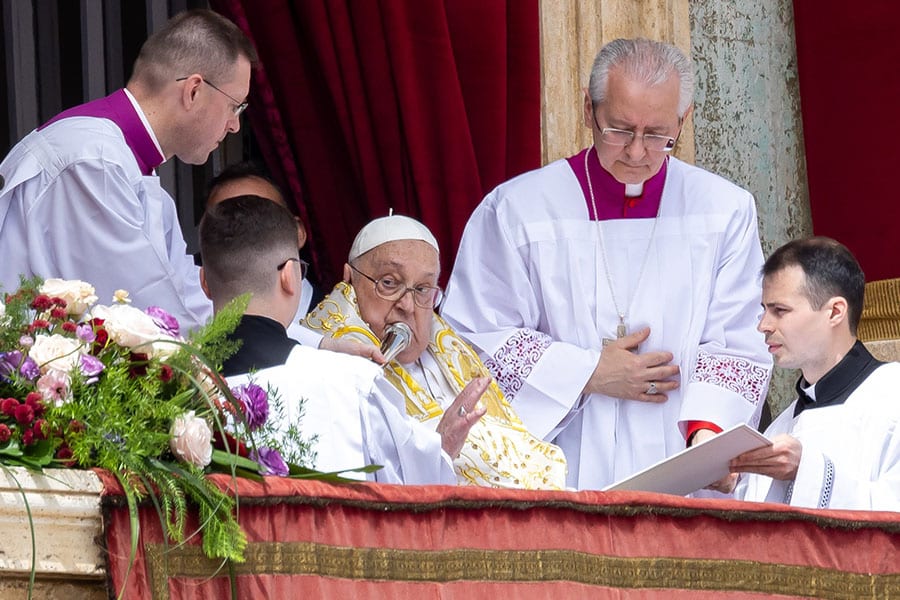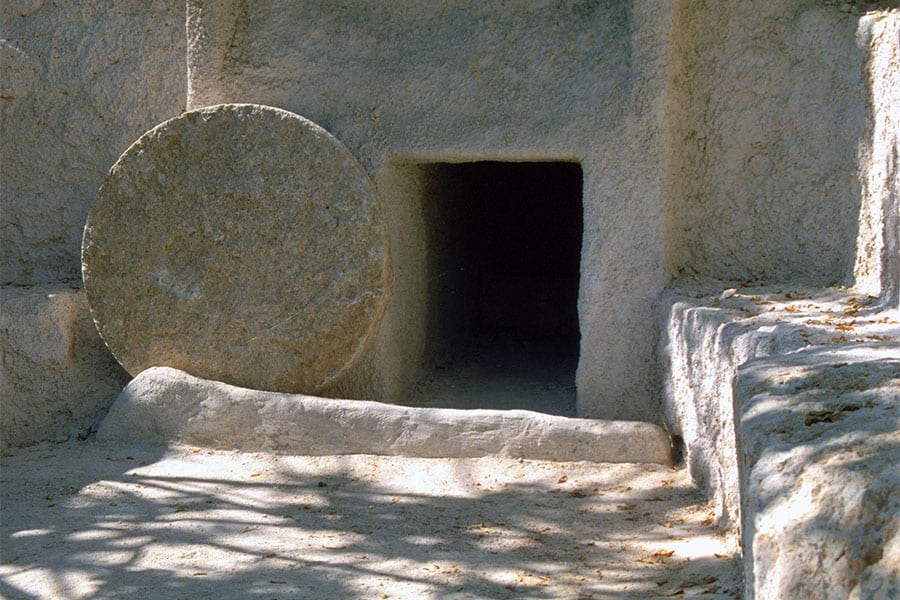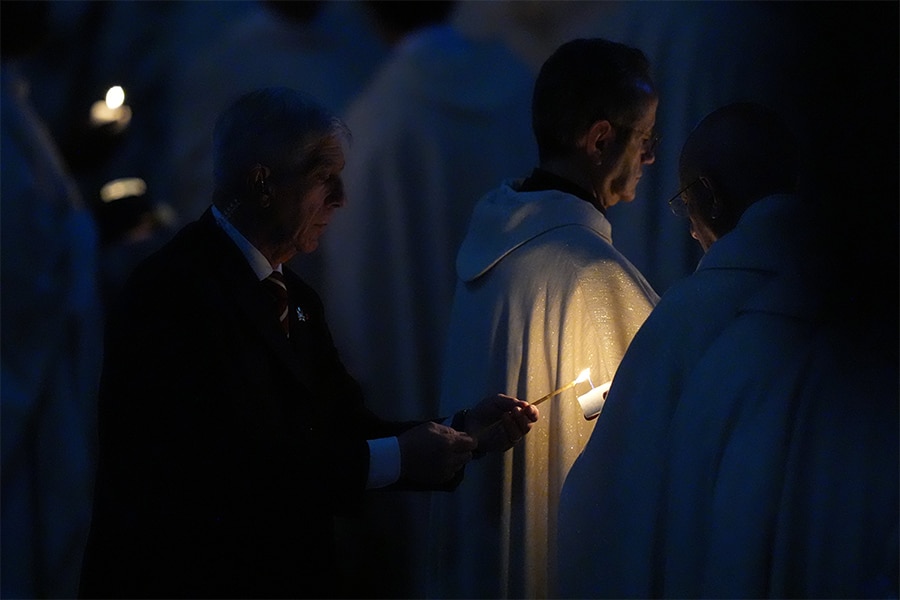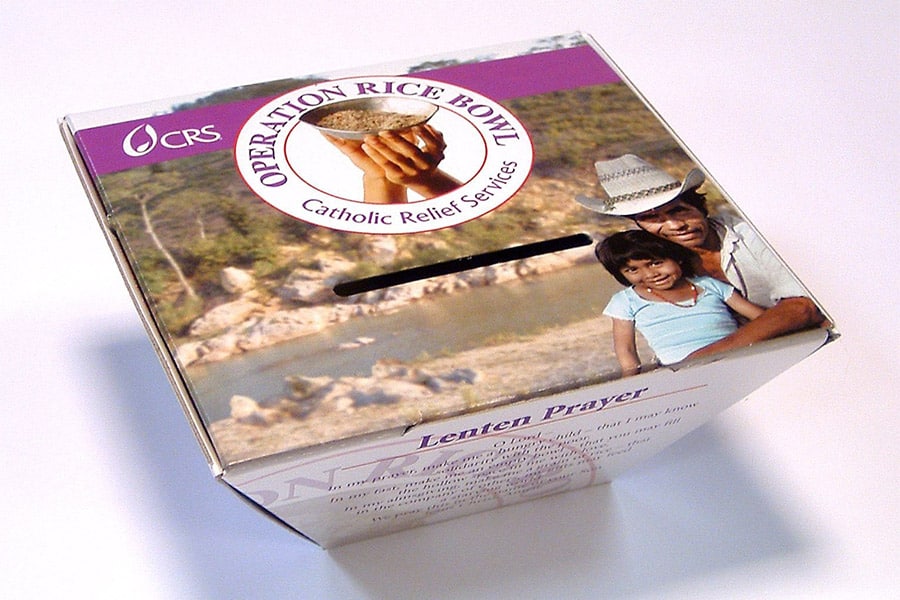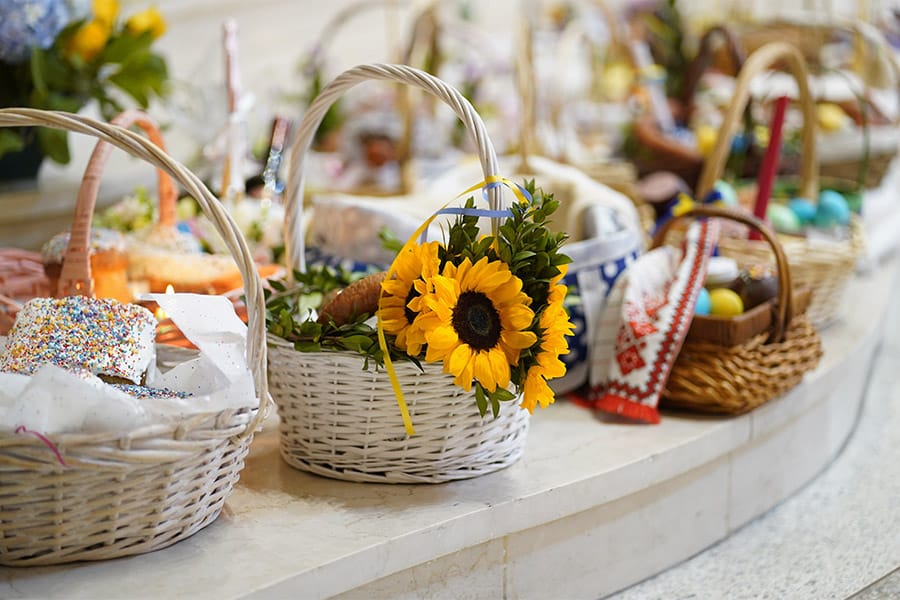Just the name “Easter” brings thoughts of new life, springtime, of freshness, of the Resurrection. This is not only a day — not only a few weeks on the church calendar — but, for Christians, a way of life.
Many, from St. Augustine to Pope St. John Paul II, have said we are an “Easter people.” We carry the joys of Easter with us in every aspect of our lives. God gives us the assurance of eternal life on Easter, and the church perpetuates this assurance, extending the glory of Easter, rich in tradition and meaning.
Despite our Lenten preparations, all the events of Easter Day are difficult to assimilate in a 24-hour period. In response to our human frailty, the church gives us more time, until Pentecost, to absorb this miracle. For the next 50 days, the stories and events of that day are amplified to us. The church’s “General Norms of the Liturgical Year and the Calendar” says “The 50 days from Easter Sunday to Pentecost are celebrated in joyful exultation as one feast day, or better as ‘one great Sunday.”’
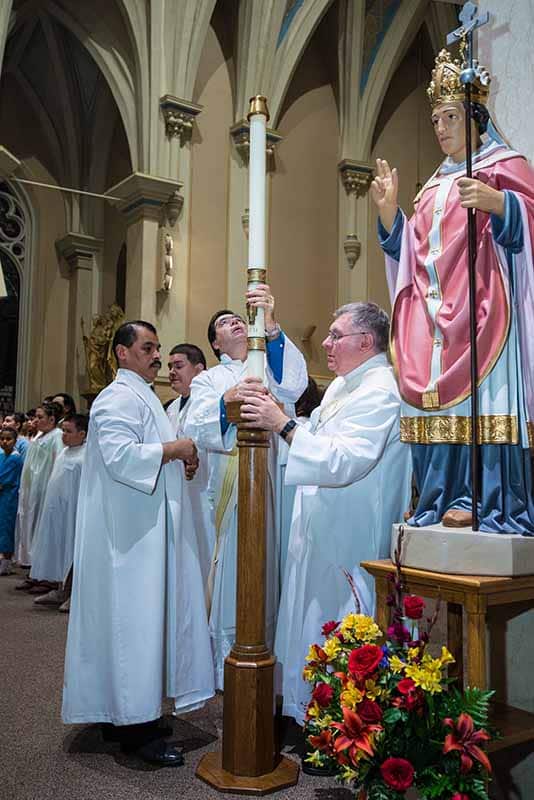
The first eight days, beginning with Easter Sunday, is the octave of Easter. Each octave day is a solemnity, the highest ranking feast in the church, and we hear those vivid accounts of that first Easter. During the 50 days, the church helps us to unlock the mysteries and miracles of Easter.
Earlier in church history, the first week after Easter was known as “white week” because those baptized on Easter would attend daily Mass wearing their white baptismal garments. In our time, for those who received the sacraments of initiation at the Easter Vigil, these days are commonly used to continue their understanding of the sacraments and the paschal mysteries.
The last Sunday of the octave was, for centuries, called Low Sunday to differentiate it from the glories of Easter Sunday. Today, the octave ends with Divine Mercy Sunday. Pope St. John Paul II introduced this feast into the Church calendar during the canonization of St. Faustina Kowalska in April 2000. Often, this celebration takes place on Sunday afternoon and focuses us on the divine mercy of God, as reflected through the paschal mysteries and in our lives.
The church offers us a plenary indulgence if we take part in these Divine Mercy devotions, have gone to confession, received Communion and prayed for the intentions of the Holy Father.
Easter season is the time when Catholics perform their Easter Duty. Canon law obligates us to receive Communion annually at least at Easter time and, in the United States, this period is between Easter and Trinity Sunday. Before Communion, those with mortal sin on their soul are, of course, obligated to receive the sacrament of reconciliation.
First Communion for children is also often connected to Eastertide. From Holy Saturday through the Saturday after Pentecost, the church honors the Blessed Mother with the “Regina Coeli” (Queen of Heaven) instead of the Angelus. We recite the Regina Coeli while standing during prayers at 6 a.m., noon and 6 p.m.
Forty days into the season, the church commemorates the feast of the Ascension. Jesus returns to the Father and thus offers a foretaste of what is in store for us. St. Leo said, “Christ’s ascension is our own ascension; our body has the hope of one day being where its glorious head has preceded it.”
After the Ascension is another period of preparation, praying, readying our hearts for the great feast of Pentecost. This day commemorates Jesus sending the Holy Spirit, the Paraclete, just as he said he would. With the celebration of Pentecost, a ceremony ranked by the church only behind Easter and Christmas, we will return to Ordinary Time. What we call the Easter season is over but Easter never ends.
We often hear that without belief in the Resurrection, the Christian faith has no basis, no foundation. Indeed, St. Paul tells us in his First Letter to the Corinthians that “if Christ has not been raised, then empty is our preaching; empty, too, your faith” (15:14).
The crux of the matter is that Christ died for us; Christ rose from the dead; Christ is alive. Hundreds saw the resurrected Lord; the four Gospel writers separately confirm this miracle through their beautiful and detailed recounting of the Resurrection story. The Mass readings on Easter Sunday transform us back to that first Easter. We experience the roller-coaster emotions of the women who arrive at the empty tomb and hear the angelic message, “He is not here, but he has been raised” (Lk 24:6). They wouldn’t begin to understand what really happened until they had a personal encounter with Jesus.
Our Lord was not medically revived from death like someone in a hospital or brought back to life in the manner of Lazarus. Christ rose from the dead; he wouldn’t die again. The few followers who were at the crucifixion saw Jesus die and his body sealed in the tomb. They thought the story ended on that Good Friday; no one anticipated the Resurrection.
These followers were dismayed, confused, astounded and eventually, like us, joyous when they realized he lived. To confirm their shaken faith, Jesus would appear to them as many as 11 times during the next 40 days.
Symbolizing the Risen Savior, the Easter candle was likely introduced into Easter celebrations soon after the Nicaea Council. Today, this ancient sacramental glorifies the beautiful rituals of the Easter Vigil. The Easter candle represents the light of the world, the fire that led the Israelites through the desert. The priest marks the new candle with the Greek letters “alpha” and “omega,” proclaiming that Christ is eternal, the beginning and the end. Five grains of incense representing Christ’s five wounds are also inserted onto the candle. For 40 days, standing near the elevated pulpit, the candle illuminates the Gospel. On the day of the Ascension, it is extinguished but remains perpetually visible near the baptismal font in every Catholic church. The candle is lit at baptisms and funerals, reflecting back on the Resurrection.
Among the contentious issues of the early Christians was a disagreement over the date of Easter. That the Resurrection took place at the time of the Passover was not argued, but the exact date when the event should be commemorated was an issue. The Eastern Church wanted the date of Easter to be on the day when the Passover is celebrated, the 14th of Nisan (April). That meant, based on the lunar calendar, the celebration could fall on any day of the week. In the West (Rome), Christians wanted Easter to be held on the Sunday after the Passover, as that was the day of the Resurrection.
Fixing the date became so heated that, in the second century, the Bishop of Rome, Victor I, threatened that anyone disagreeing with the West’s position would be excommunicated. At the First Ecumenical Council, held in Nicaea in 325, the problem was resolved. Easter would be observed on the Sunday after the first full moon following the spring equinox (the day we have 12 hours of daylight and 12 of darkness); meaning, it would take place on a Sunday between March 21 and April 25. Even with this ecumenical decision, it was centuries later before the date was universal among western Christians.
Read More Easter
Copyright © 2025 OSV News

